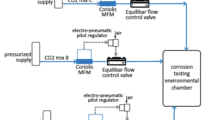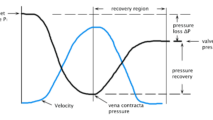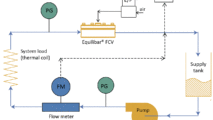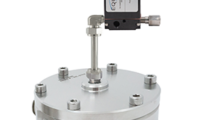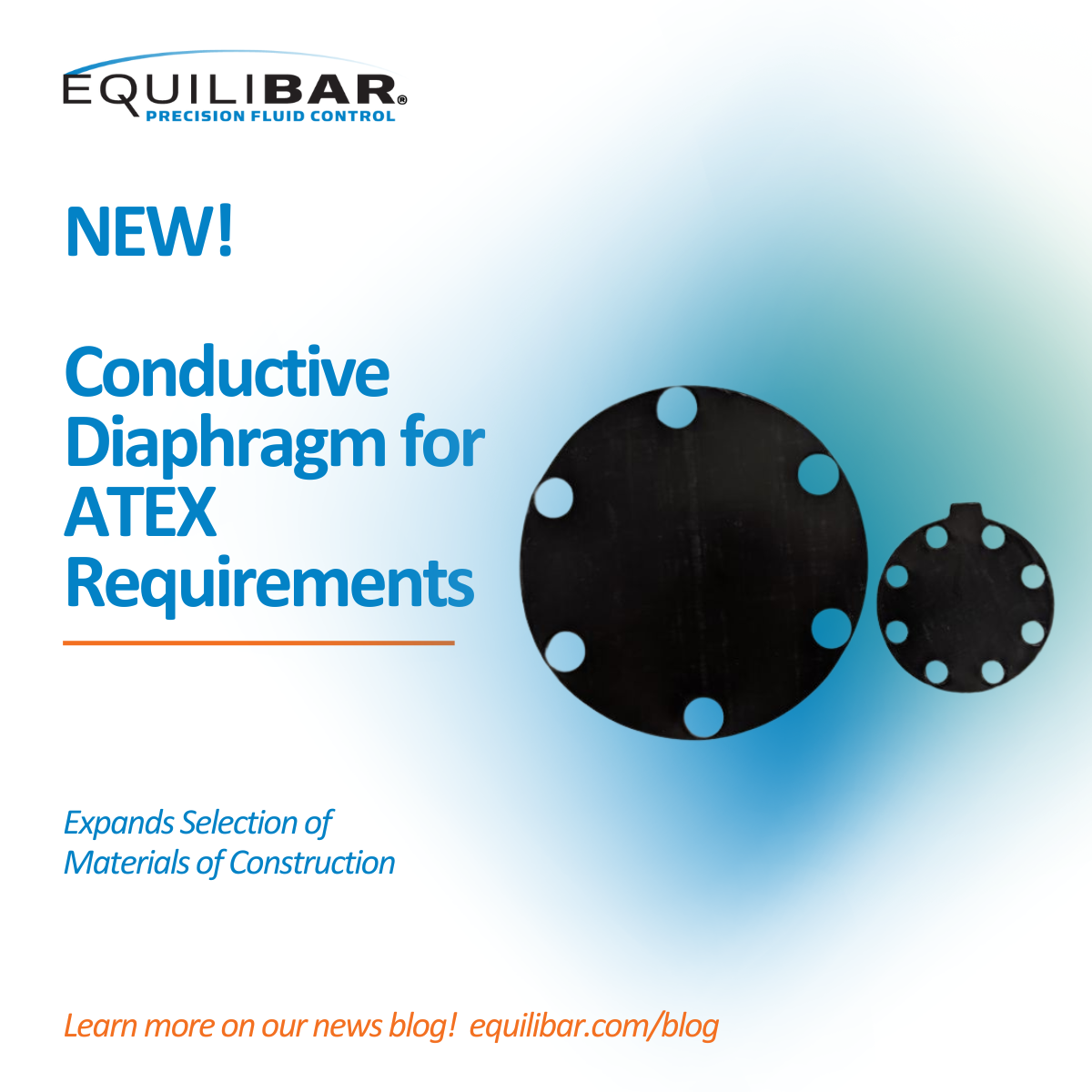NOTE About this page
Equilibar valves are used today to solve many complex flow control applications. This page shows the early learnings of applying an Equilibar valve to control flow and is retained for historical archive purposes. For the latest information about Equilibar flow control valves
Visit our updated flow control pageEquilibar® flow control valves are engineered to deliver precision flow control over a wide range of flow rates, typically 100:1, in systems with stable supply pressure.
How Flow Control Works
Equilibar valves are dome-loaded pressure regulators with pilot operation; gas or air is fed into the top (dome) area of the regulator to provide the pressure setpoint for the process. The pressure of the gas in the dome is set by a secondary standard regulator called a pilot pressure controller.
The Equilibar valve is set up with an electronic pilot pressure controller and a flow meter in a control loop. A proportional-integral-derivative (PID) controller monitors input from a flow transmitter (FT) and adjusts the pilot pressure to control flow. An electro-pneumatic transducer (E/P) translates the electronic signal from the PID into a pressure signal for the pilot controller. Flow is decreased by raising the pilot pressure and increased by lowering the pilot pressure.
An added advantage to using an Equilibar regulator is that pressure changes downstream of the control valve are isolated and will not affect flow rate. This is especially useful in chemical dosing applications, inline injections, and continuous flow chemistry
Watch the video below to see the Equilibar valve controls flow across a flow rate range of 100:1.
Alternative Process Setup to Achieve Good Flow Control Across a Wide Flow Range
The flow rate through a valve is factor of both valve Cv (resistance) and the differential pressure that exists across the valve. Traditional control valves move up and down to adapt their Cv to control flow and can be disrupted when the upstream or downstream pressure shifts. A different approach works by carefully controlling the differential pressure across a fixed metering valve. This “dP” is controlled by placing a high resolution Equilibar back pressure regulator downstream of the fixed metering valve. This arrangement has an additional advantage that pressure changes downstream of the control valve are isolated and will not affect flow rate.
The key to the ultra wide range of flow in this setup comes from the high resolution of the Equilibar dome-loaded back pressure regulator coupled with the Equilibar high resolution electro-pneumatic regulator. Working together, this combination responds to signal changes as small as 0.01% and controls the back pressure to a precision of greater than 1:1000.
How Control Valves are Used
Control Valves are used throughout the process industries as the primary means to control flow rate of gases and liquids. Typically they use a globe or needle style valve that is mechanically actuated to affect the Flow Coefficient (or Cv). These are often used together with a flow meter, temperature sensor, or pressure sensor to control an important variable that can be affected by the varying flow rate.
One of the primary limitations of traditional control valves is that of limited flow range (or the max/min ratio of effective Cv). Most control valves operating in research and process industries are limited to a 10:1 to 15:1 ratio. Because new Coriolis and Thermal Mass Flowmeter technologies allow for measurement of up to 100:1 flow rate ratios, many customers need to install two parallel control valves to provide the turndown their process requires. Equilibar’s wide range flow control solution allows customers a simpler and more elegant solution to this problem.
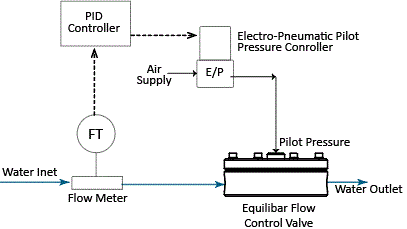
How Equilibar Automated Flow Control Works
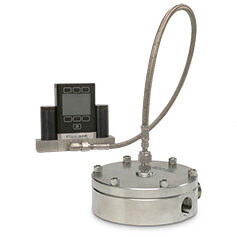
Equilibar valve with electronic pilot regulator for automated flow control



